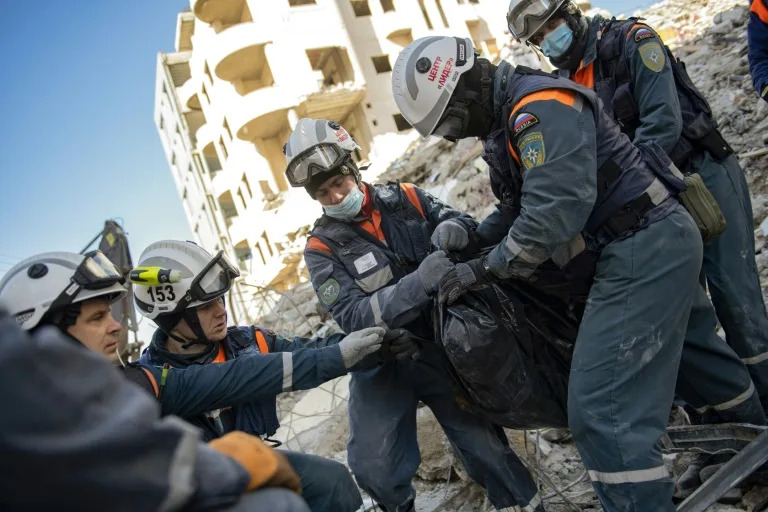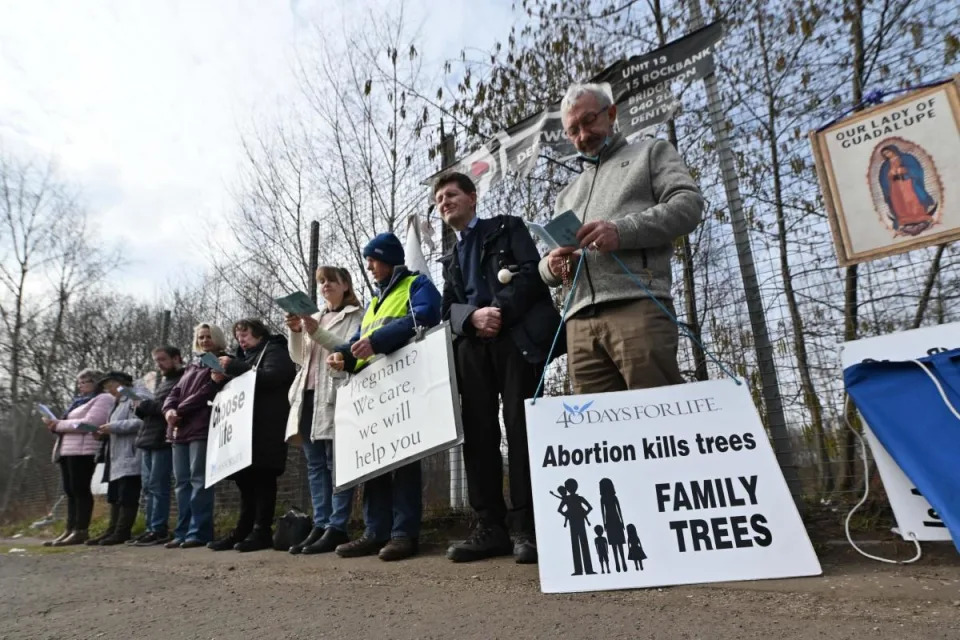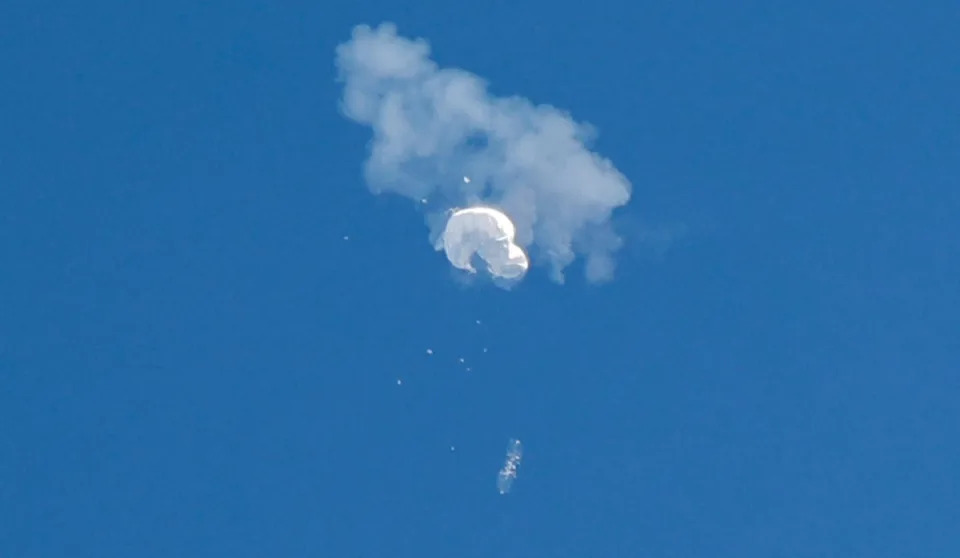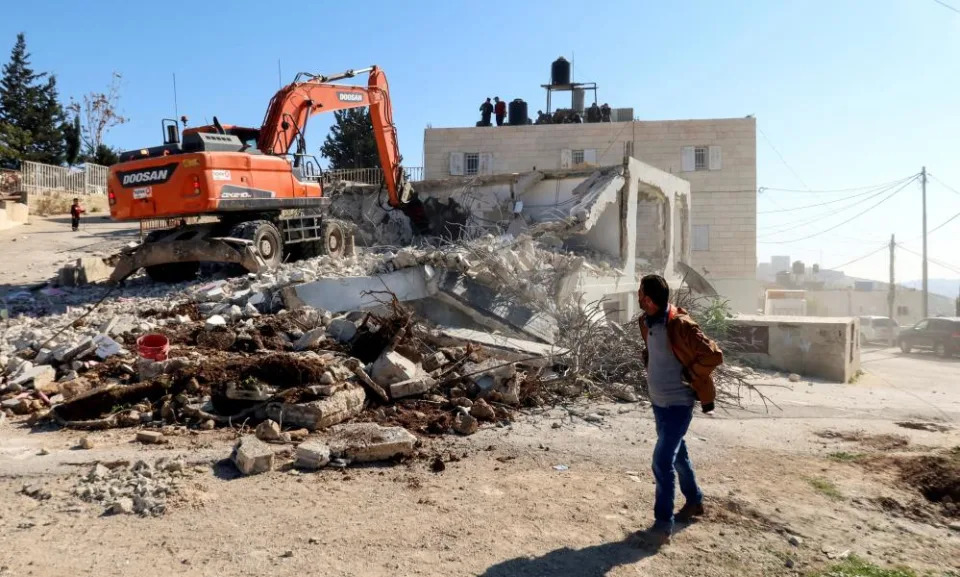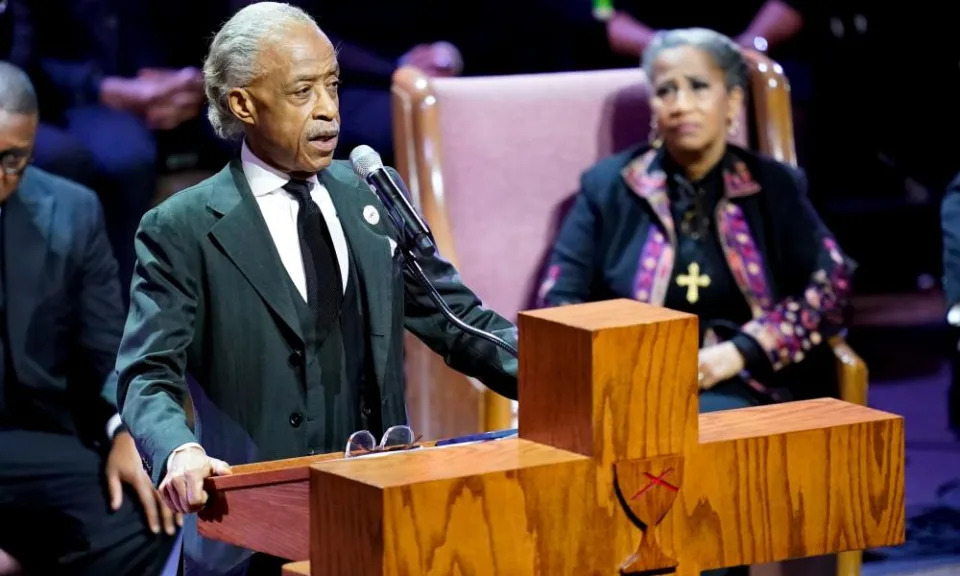Gareth Corfield
Wed, 8 February 2023

Google Bard offers an incorrect answer to a questions about the James Webb Space Telescope - NASA TV/AFP via Getty Images
More than $120bn was wiped off Google’s market value after its new AI search assistant gave a wrong answer that was featured in promotional material.
Parent company Alphabet’s share price dropped 8pc after the Google Bard tool’s launch got off to a rocky start following its misleading response to a question about a NASA telescope.
At its lowest point on Wednesday Alphabet was trading at $98.08 (£81.16), a fall of 8.1pc on the previous day’s price of $106.77 (£88.35).
It marked the biggest one-day fall in Alphabet’s value since October 2022, when the company shed 9pc of its value in one day after unveiling a big slowdown in sales, profits and growth.
Bard, its AI search assistant, is used by Google to generate text summaries of search results.
Yet in an animated image of Google Bard in action distributed by the company to mark the new feature’s launch, it gives a wrong answer.
The falsehood will raise further questions about the accuracy of search engines and of AI-generated answers to humans’ questions.
In an animated GIF showing how Bard works, a user types in the search query “what new discoveries from the James Webb Space Telescope can I tell my 9 year old about?”
The NASA telescope was made operational in December 2021 and has been used by scientists to make several discoveries of new planets outside the Solar System.
One of the responses generated by Bard says: “JWST took the very first pictures of a planet outside of our own solar system.”
This is not accurate. The first picture ever taken of a planet outside the solar system – an exoplanet – was captured in 2004 by the Very Large Telescope array in Chile.

Google Bard needs to swot up on its space knowledge
The exoplanet is called 2M1207b, is around five times the size of Jupiter and is located about 170 light-years away from Earth.
Google did not immediately respond to requests for comment on Bard’s tall tale.
Fears have been raised about inaccuracies generated by artificial intelligence systems which are not easily spotted by humans.
OpenAI, makers of chatbot rival ChatGPT, have been open about the limitations of their technology and have admitted it can sometimes write plausible-sounding but incorrect, or nonsensical, answers to humans’ questions.
The company is owned by Microsoft, whose share price has grown 6pc over the past week. Market analysts believe its recent growth is down to the launch of ChatGPT.
Dan Ives of Wedbush Securities said in a client note on Tuesday, referring to Microsoft’s chief executive: “This OpenAI investment/strategic partnership which is likely in the $10 billion range is a game changer in our opinion for Nadella & Co.”
John Kleeman, founder of online exam website Questionmark, told The Telegraph in December: “As a technology, it is fantastically impressive, really showing us how AI is going to change the world.”
Some of OpenAI’s training data for ChatGPT include the entire English-language contents of Wikipedia, eight years’ worth of web pages scraped from the public internet, and scans of English-language books.
It is thought that Google has used similar data sources to develop Bard, although the company has not yet disclosed how the software was trained to generate its answers and summaries of search results.

